Organic Edamame Seed from the german Upper-Rhine valley
Edamame is coming. Gartensoja offers suitable varieties, high-quality seed and experience in cultivation.
Fresh soya beans, harvested directly from a garden or vegetable field, are briefly cooked in their pods. They taste great and contain a lot of high-quality protein. Having always been sought after in Asia, the nutrient-rich beans are now becoming increasingly popular in Europe.
Even in places like Northern Germany, nothing stands in the way of edamame cultivation. But what is missing is experience with robust cultivation methods as well as a reliable supply of high-quality varieties and seeds for cultivation. Gartensoja bridges this gap by offering of select varieties from organic multiplication in the warmest region of Germany, the Upper-Rhine valley. We are happy to share our cultivation experience on this website and would be happy to engage in a direct conversation with you as well.
Current Varieties
I have tested various edamame varieties for their cultivation characteristics, quality and yield under the natural conditions of Central Europe. 2017 I started the multiplication with "Green Shell" and "Summer Shell". In the meantime they were replaced by newer varieties with bigger pods and higher yields.
Currently "Hokkai Green" and "Chiba Green" are our main varieties. They originate from two different breeders in Hokkaido and are very well suited for our changeable climate. Both have very good overall results at different locations throughout Europe. Hokkai Green and Chiba Green bear abundant yields with beautiful pods and good taste. The plants grow to medium height with good stability and health.
Furthermore I currently multiply the specialty "Hokkai Black". This is a relatively new crossbreed of two black-grained Hokkaido varieties. In addition to the very large, deep green kernels, Hokkai Black impresses with its outstanding taste. This variety’s yield has exceeded our expectations in southern as well as northern Germany – among the black-seed varieties, Hokkai Black has clearly won the race. But it should be noted: Hokkai Black edamame are ripe for picking ten days later than Hokkai Green and prefer warm locations. Don’t sow this variety too late! Hokkai Black grows larger and bushier than the others; therefore, a slightly reduced sowing density is recommended. The dry black seeds of this variety are used to cook Kuromame, a traditional dessert made to celebrate the Japanese New Year.
Basic information on the various seed varieties can be found here.
The 2020 seed harvest will be available to purchase starting in December.
Download organic certificate (in German)
If you have questions about seeds and/or varieties, please give us a call.
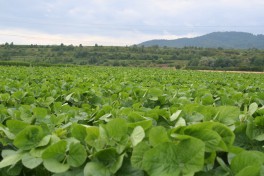

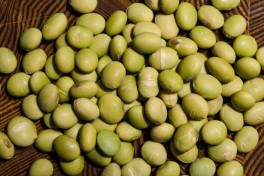
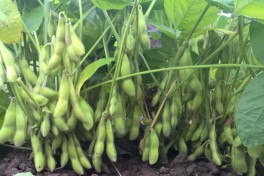
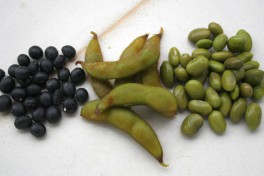
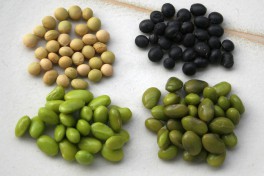
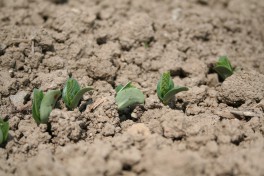
Gartensoja | Fabian von Beesten | Körtlinghausen 8 | D-59602 Rüthen
